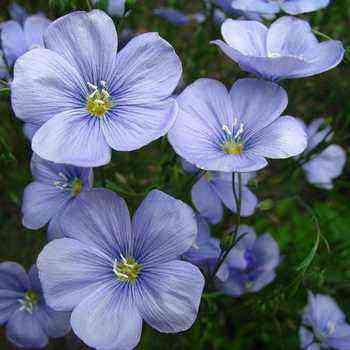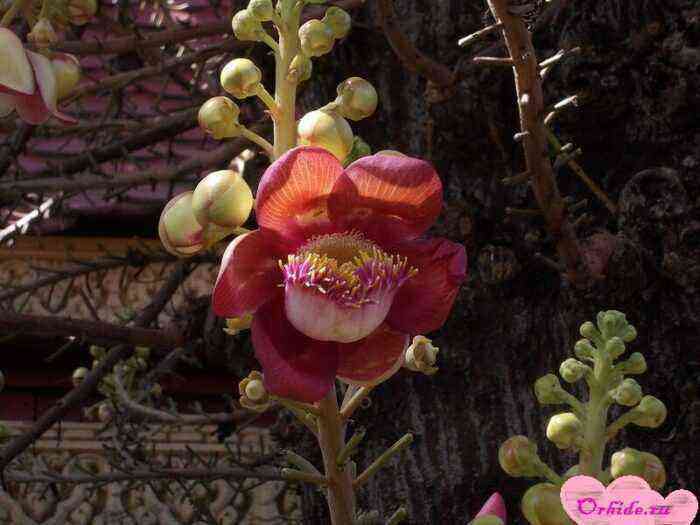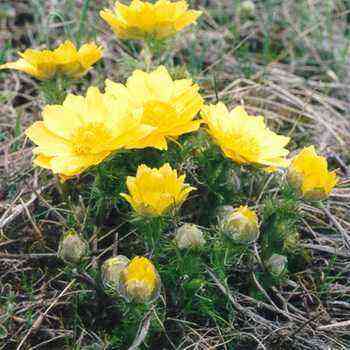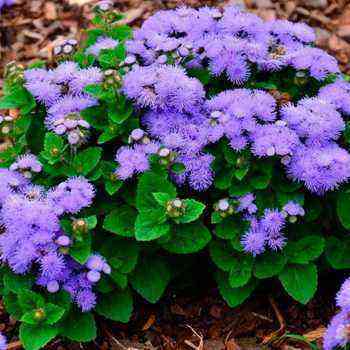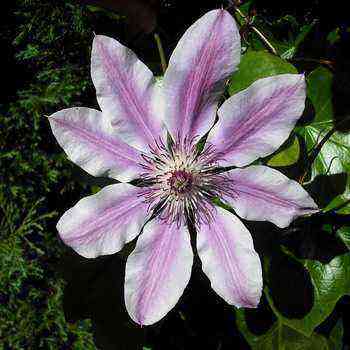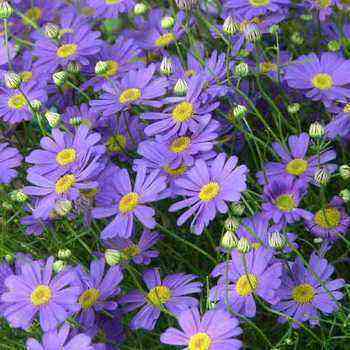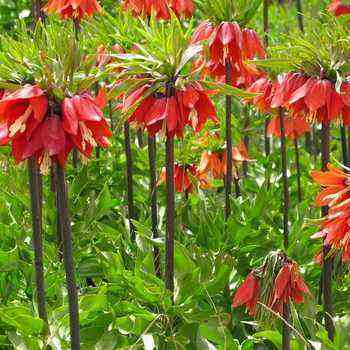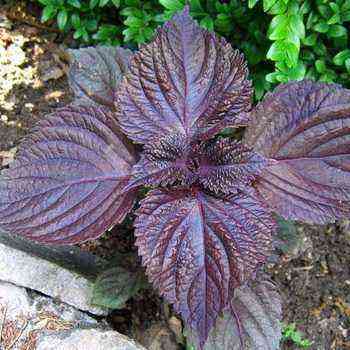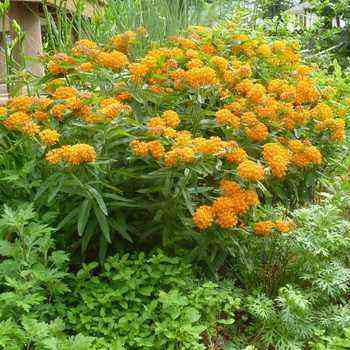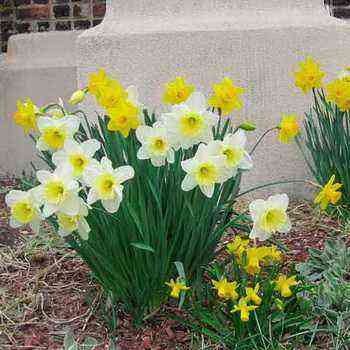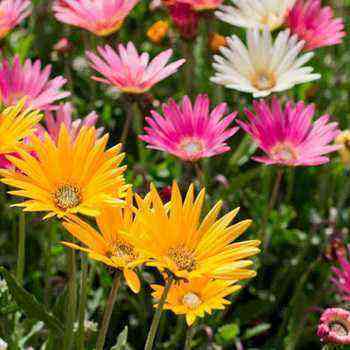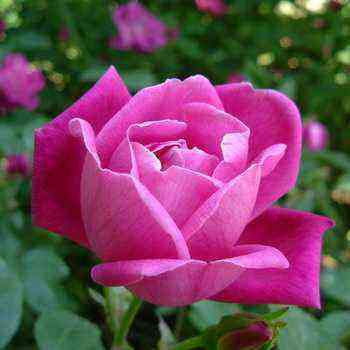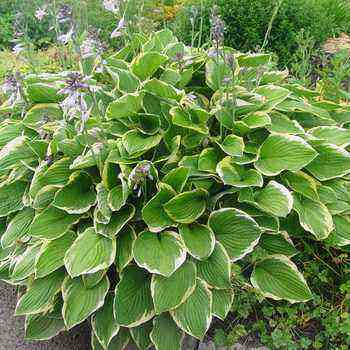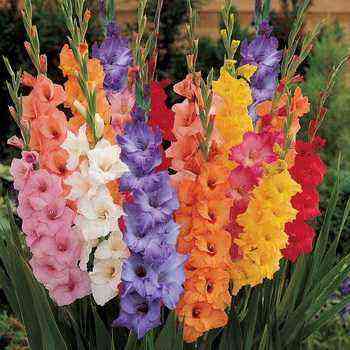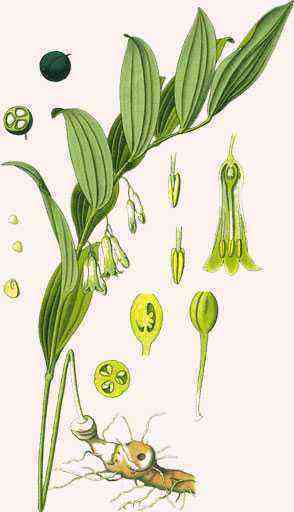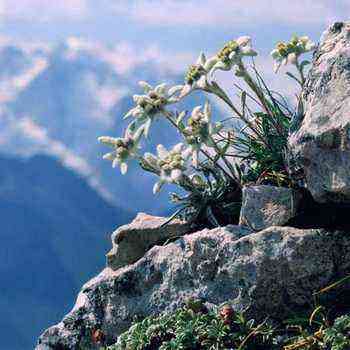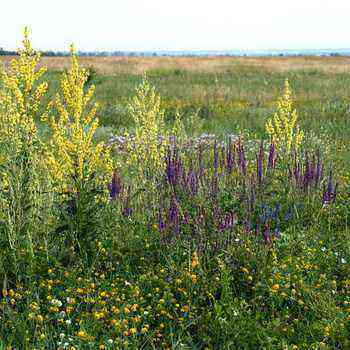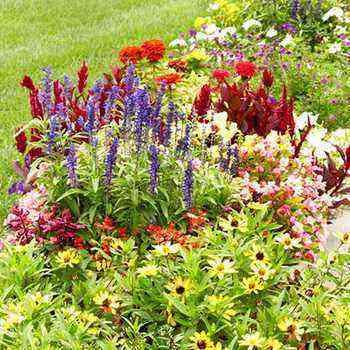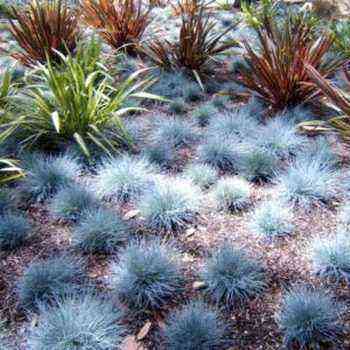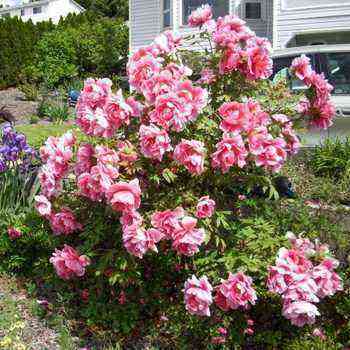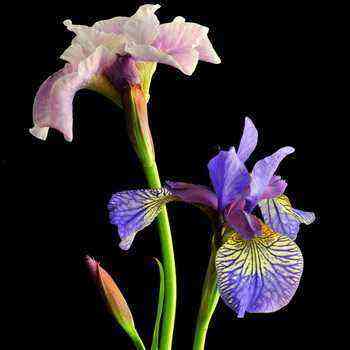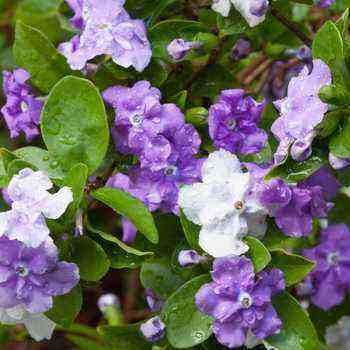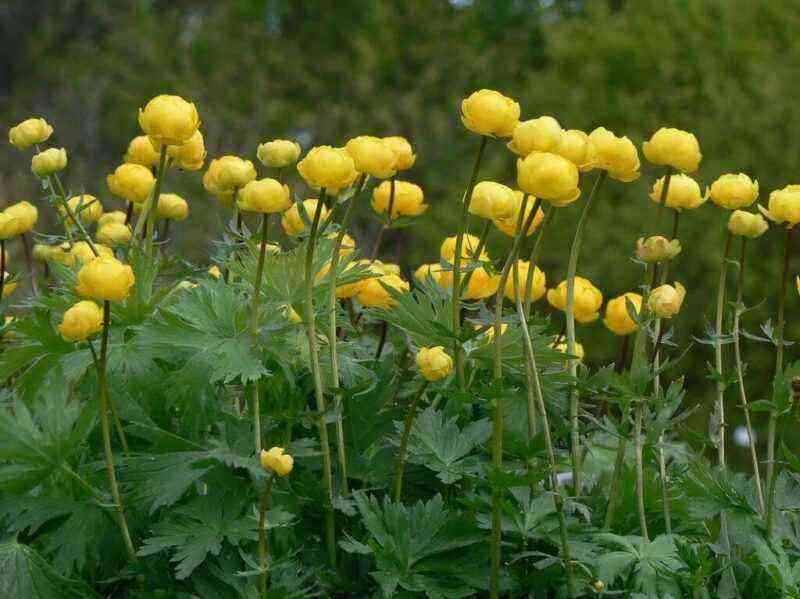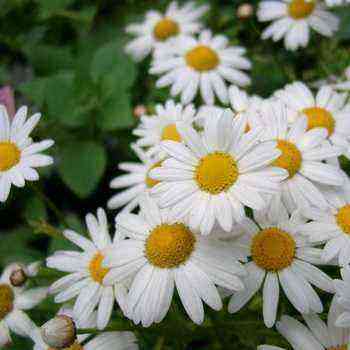The flower is from the genus of onions, but has flowering. In Latin, the name of the plant is translated as “garlic”. This genus became the foundational one for edible species such as onions, leeks, garlic and green onions.
The allium flower is found in temperate climates, most often in the northern hemisphere. But there are exceptions – some subspecies are found in Chile, Brazil and tropical Africa.
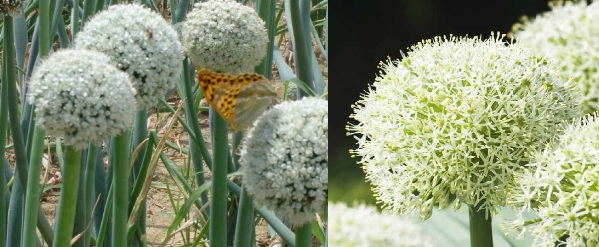
The height of the plant can vary depending on the species and region – from five centimeters to one and a half meters. At the top of the trunk, the small flowers form an umbrella, and the bulbs in them are usually very small (about 5 mm) and are brown or gray in color with a fibrous or smooth texture. They can either be part of the inflorescence, or replace some (or even all) of the flowers.
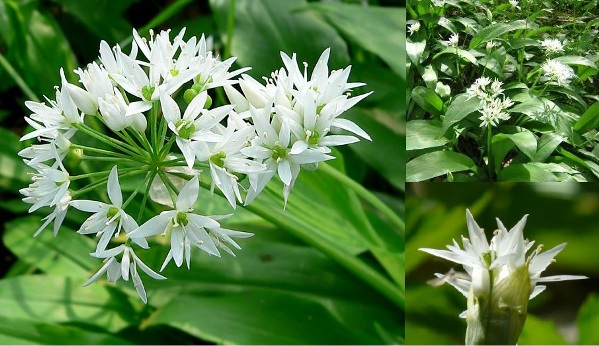
Many subspecies have leaves not only at the top, but also at the root (they most often die during the beginning of flowering). Each of the plants produces up to twelve leaves – flat or linear.
Allium varieties and their description
This is one representative of a flowering plant that has over 500 species. It is undoubtedly one of the largest genera in the classification system. Allium flowers are classified into varieties. We offer you a description and a photo of allium of various types.
Allium acuminatum
It is also known as the Hooker bow and is more common in Canada and the western United States. The inflorescence has the shape of a sphere, and the smell of the plant is exactly like that of a real onion. Allium itself stands on a rather long stalk and has flowers from pink to purple shades. Most often they are harvested either in early spring or late autumn.

Allium ampeloprasum
Better known as wild garlic – its homeland is Western Asia and Southern Europe. Scientists believe that the very first varieties of this subspecies were grown by ancient people back in England near the coast (approximately southwest of England and Wales). It has several varieties – onion, garlic and kurrat (Egyptian onion).
Allium anceps
One of the types of wild onions. It is distributed in the western part of the United States – in the states of Nevada, Idaho, Oregon, and California. The ideal soil for him is rocky mountains and barren clay. Its flower reaches two centimeters in length, and from one fruit up to five bulbs come out at a time. The leaves are sickle-shaped, and the length reaches a height of 25 cm.

Allium caeruleum
It is also called blue ornamental onion, blue-flowered garlic, etc. It is used as an ornamental plant in suburban gardens and on home windowsills. Allium caeruleum itself comes from Asian countries and has a growth of up to one meter with belt-like stems and small blue balls at the tip of the stem.
Allium cernuum
Also known as a wild onion or leek. Its habitat is North America, in areas where dry forests and rocky terrain are especially common.
It has a conical inflorescence, which gradually tapers. The leaves are only 2-4 mm wide, and the flowers can be either white or pink. They ripen into a shaggy sphere, which later splits open and reveals its seeds to the light. This subspecies, unlike others, does not have bulbs at all in the inflorescence.
Allium fistulosum
The same as the Japanese batun onion. Its large cousins resemble leeks, while its small variation resembles a regular onion. It is used not only in cooking, but also as a decorative element in landscape design.
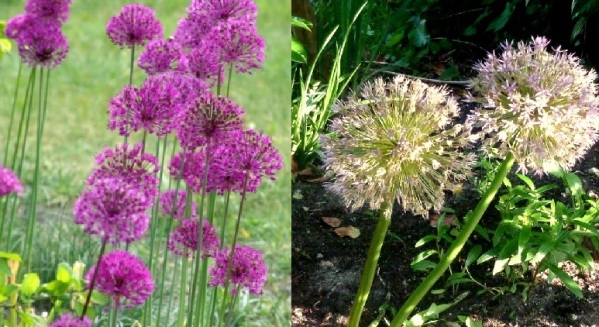
Allium neapolitanum
It has many equivalent names, but this does not prevent them from having a single place of origin – Southern Europe, North Africa and the Middle East. It is a valuable tool for gardeners when decorating a garden plot, as it has large, beautiful white flowers that appear in early spring.
Allium stipitatum
It is also called the Persian shallot. The epithet “stipitatum” in this case means – short stem. It occurs in Central Asia, although you will find some of the plants in Turkey, for example. Allium stipitatum has a very tall stem and a white sphere-shaped inflorescence. In Iran, it is popular as one of the ingredients in food production.
Growing allium: planting and care
If you decide to place an allium flower in your house, then you should first think over the place and conditions of the room in which you plan to place the plant. For example, you should know that he loves the sun very much and does not tolerate too wet soil. You should not be zealous when growing allium with watering – carry out the procedure regularly, but only when you feel that it needs it.
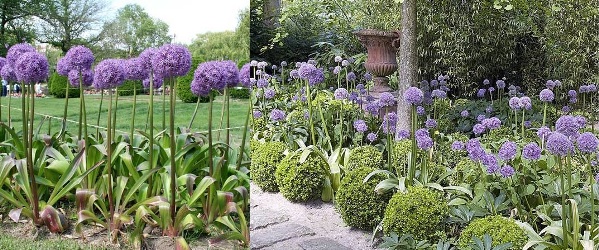
In the spring, the plant must be nourished with minerals containing nitrogen in the form of nitrate.
It is best to dig up the bulb after the leaves are dry. And planted again only in the fall.
The bulbs must be stored all this time in a dry place that is periodically ventilated and maintains room temperature.
Please note when planting that the layer of soil should be equal to the size of three bulbs. And large ones sit much deeper than small ones.
Diseases and pests of the allium flower
Downy mildew is a very common disease for allium; for prevention, experienced housewives and gardeners recommend heating the plant at a temperature of forty-forty-two degrees for at least 12 hours.
Another common problem is neck rot. The disease manifests itself during storage – the bulbs for no reason at first become soft and watery, and then dry out quickly. To avoid this problem, after cutting the bulbs, dry them thoroughly in the sun for some time, and then keep them for some time at a temperature of at least forty degrees.
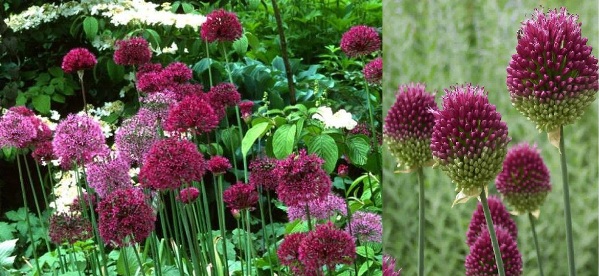
Moths, root mites and onion flies can also harm the plant. To combat them, we recommend that you use proven agents – ash, peat or ordinary tobacco dust. At the first sign of one of these pests, treat the plant with a 2% chlorophos solution.
Allium breeding methods
There are three ways to propagate a plant. The first is seeds. You plant them in either spring or fall and store them in a sunny place. But do not forget – some of the subspecies can grow from 3 to 7 years old, as they have a small bulb. But the giant bow, Aflutan, etc. the species emerge only after the passage of the seeds of the spring-winter season.

The second way is the formation of new bulbs from the old one. They are separated and planted separately, but children from such an onion mother will only grow up in the third year of life, so you have to endure. Produces best in the fall, during the transplant procedure. And do not forget that the separated bulbs must have at least two intact shoots and slightly developed roots.
There is also a third way – you can cut off the allium buds and treat them with special agents that stimulate growth. They will retain all the properties and characteristics of the mother plant.


